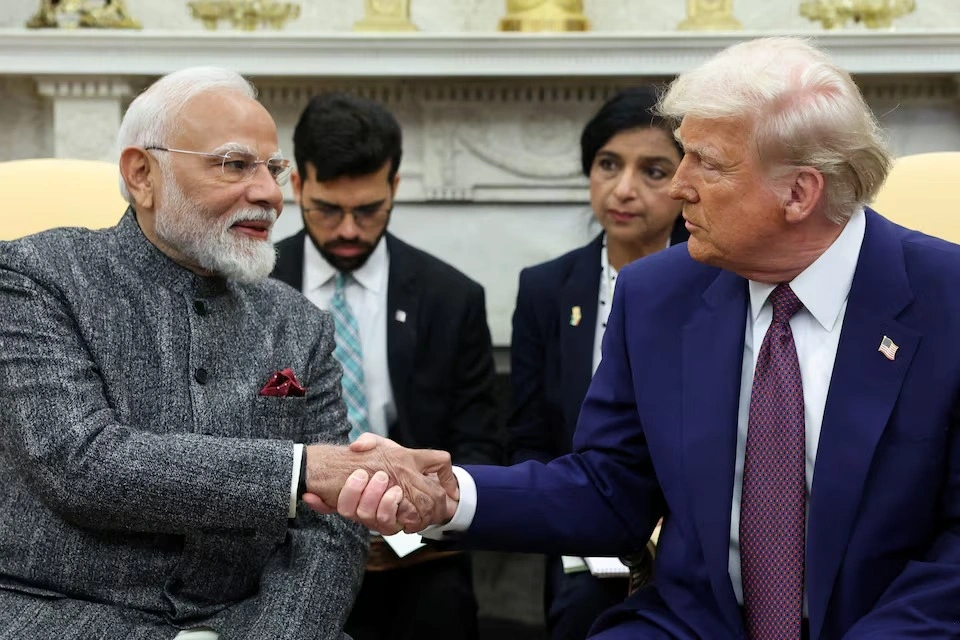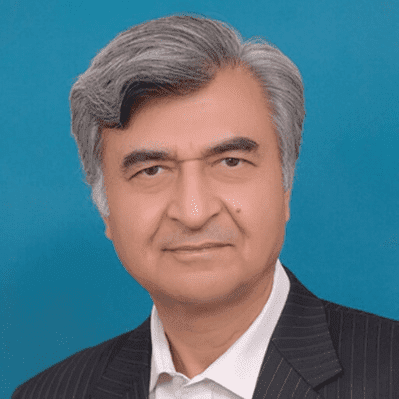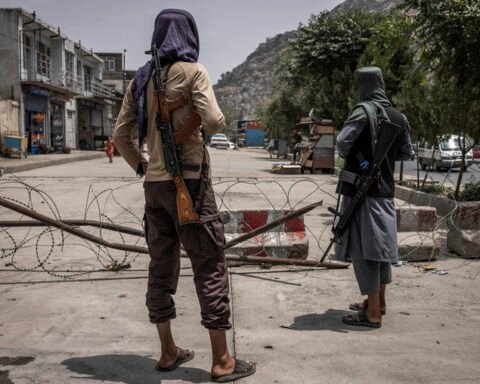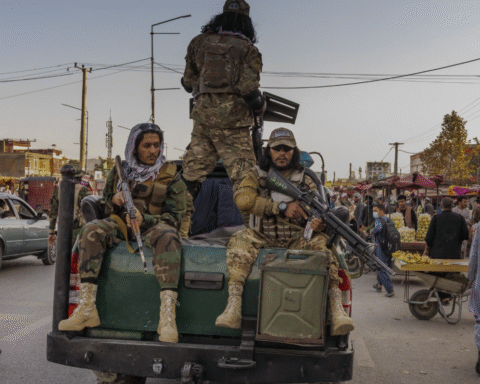A Wake-Up Call for New Delhi’s Strategic Posturing
In a series of actions that are being felt in international stock markets, US President Donald Trump has declared that the United States will have a 25 percent tariff on everything imported in India beginning August 1, 2025. This new ruling is not simply a stunt at commerce. In fact, it is a definite directive towards New Delhi. Among the major reasons attributed to the economic retaliation by Trump were India-Russia relationship struggles whereby the latter continued to buy Russian war equipment and dealing with Russia on a larger scale in oil trade.
The relocation is a significant point in escalation of the US India tensions, and this shift may have a detrimental impact in bilateral trade that has now reached an amount of over $190 billion in 2024. What it means more than figures is that the announcement marks a shift in the perceptions of Washington concerning its strategic relationship with India. New Delhi can no longer be handled with gloves and what Trump has decided is to apply a blunt-force type of economic correction to what he regards as India playing the game of strategic insubordination.
The Delusion of Global Invincibility of India meets the reality on the ground
Within the recent time, India has managed to position itself as an emerging global power which is an aggressive democracy aiming to be one of balances to power of China. However, as the actions by Trump show, the Indian dream of being a global superpower suddenly came into crashing contact with reality. New Delhi has finally found an answer to what they think is the arrogance of the USA through tariffs and undefined penalties.
Between the years, India has been trying to balance on a tightrope, simultaneously buying weapons on Russia, avoiding supporting Western stances in the conflict in Ukraine, and continuing oil trade with Mexico, on the one hand, trying to develop even closer relations with the United States. And that peddling of finances has come to the balking stage.
Strategic Autonomy, or Strategic Impunity?
The principle of India of strategic autonomy has been protecting India ever since against its tendency to be too close to any world power. Nonetheless, strategic autonomy was mistaken by New Delhi in terms of strategic impunity. The proposed 25 percent tariff and the imposition of additional penalties has a direct hit on the overgrown self-perception of India as an independent actor who cannot be punished.
The message is strong, and clear Trump wants to make it clear that being an ally to the US carries certain expectations and should one fail to respect them, then sugar coating will not deal with it. In India, which has publicly proclaimed the non-alignment on many occasions, this turn of events brings out how being too much on both sides of the fence is vulnerable.
Rebelliousness Is Not Free
India was on both ends of the spectrum; they would purchase Russian arms, and disregard warnings; and now they are paying the cost of it. On numerous occasions, Washington threatened to veto significant weapons transactions between Russia and America using the Countering America’s Adversaries Through Sanctions Act (CAATSA). The decision by India not to toe the line and its constant purchase of Russian S-400 missile systems has not only offended the US policymakers but also its credibility of being a solid strategic partner.
The Trump administration, not inclined to diplomacy anyway, has now put a red line in the sand. India is now reduced substantially in its maneuvering space in the international politics with these tariffs present in the scene.
Delusion of Local Dominance
In the last ten years, India has made attempts to establish itself as the regional hegemon increasing its military presence, projecting power into Indian Ocean, and serving as a representative of Global South. Arrogance was expensive to India though. The strategy of trying to be a regional leader and a rival to the US leading position has boomeranged.
Trump is a reminder that geopolitical reality cannot be replaced by rhetoric through his act of putting the economic gently of India into perspective especially its current dependence on export to the US. The problem is that the efforts of India to be in between East and West have come under the scanner and the results are not very encouraging.
Allies Must Not Be Treated as Subordinates
International alliances are formed based on respect and strategies. However, allies cannot be treated in such a manner as subordinates and be loyalty. The Indian strategy of playing its geopolitical leadership without entirely giving in to the interests of the US has been staring at its face.
The tariff move by Trump is a significant reintroduction of the way the US is going to interact with India. India is no longer the jewel in the net of the Washington Indo-Pacific strategy now it is landed a nation with fines, which will follow failure to comply. The implicit message to the other allies of the US is also vivid, loyalty and alignment is essential and not an added extra.
The Indian Economy takes a Hit
The cost of economic impacts of 25% tariff are immeasurable. India exports of its textiles, pharmaceuticals, engineering goods, and IT services to the US will be set back with an enormous costs disadvantage to an extent that India will prove as the largest overseas market. The Indian companies would find billions of rupees wiped out of their profit making and the exporters would be lest hard hit, especially the small and medium ones.
The initial uneasiness of the stock markets in India has already shown signs and in case additional penalties are imposed, the economic consequence could be catastrophic.
This may have serious political overtures too in the wake of an election year in both the nations piling the heat on the Indian government to respond or re-align its foreign policy.
Strategies
The imposing of tariffs on India by Trump is not the simple act of retribution, it is a move that is strategic in nature. It puts India in the percentage of either retaining its long held autonomy or being more on the side of the Western bloc. In any case, the days of playing on both sides are done.
India must look at its international policy. It may be noble to dream of becoming a non-aligned superpower, but the world does not entertain two-timing relations in partnership. Washington has stepped in. How New Delhi will respond is observed by the world.








